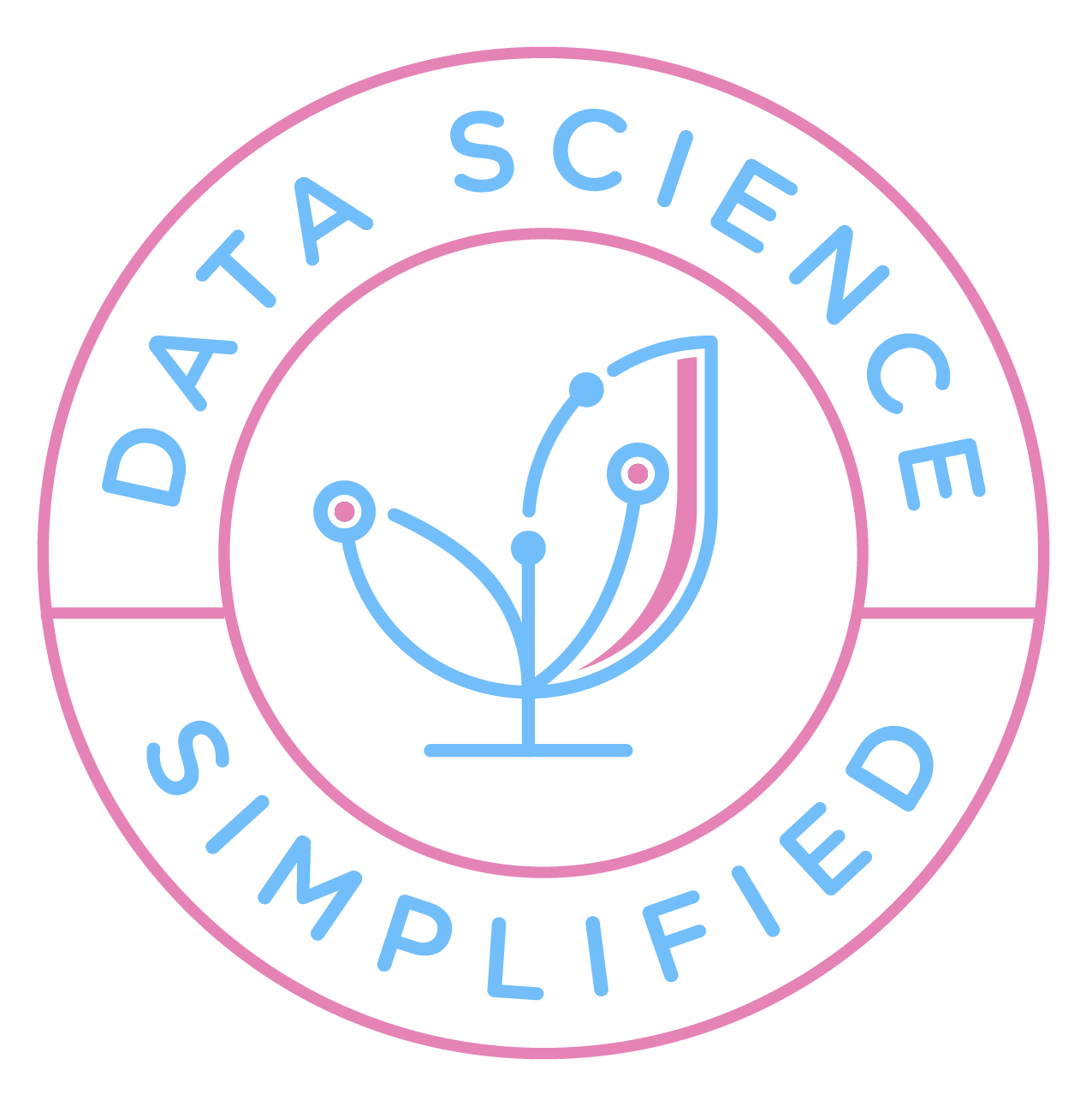Open Interpreter is an open-source tool that enables you to interact with your computer through a chat interface for various general-purpose tasks:
- Develop an application
- Summarize PDF documents
- Convert Word files to PDFs
- Visualize, clean, and analyze extensive datasets
- …and much more
In Streamlit, using controls like sliders can lead to the entire script being re-run when the slider value changes, which may not provide a seamless, real-time update, especially for larger datasets.
In contrast, Taipy uses the State object to efficiently store variables, enabling dynamic data updates in response to user interactions.
Traditional batch processing techniques can be slow when handling large data sets that arrive continuously. In contrast, data streaming is a robust method that enables real-time processing of such data.
Quix Streams is a Python library that enables data streaming by leveraging Streaming DataFrames, which are similar to pandas DataFrames used for batch processing.
This familiar interface allows pandas users to easily build stream processing pipelines with minimal code.
In AI/ML projects, various components are usually stored in separate locations:
- Code resides in Git repositories
- Datasets and models are stored in DVC or storage services like S3
- Parameters are managed using experiment management tools
As components are stored separately, the process of deploying and integrating them can become more complicated.
KitOps’s ModelKits offers a unified solution by packaging these components into ModelKits. This allows for easy versioning and sharing of components with other team members in just a few commands.
If you want to create visually appealing and scientific-looking tables in Python, use Great Tables. With Great Tables, you can customize your table by mixing and matching various elements such as headers, footers, and cell value formats.
The miceforest library is a Python tool for imputing missing data in a dataset using an iterative series of predictive models. In each iteration, every variable with missing values is imputed using the other variables. The iterations proceed until convergence appears to have been met.
In the example above, the correlation between A and B is brought much closer to the original data after imputing A using B and C, and then imputing B using A and C.






